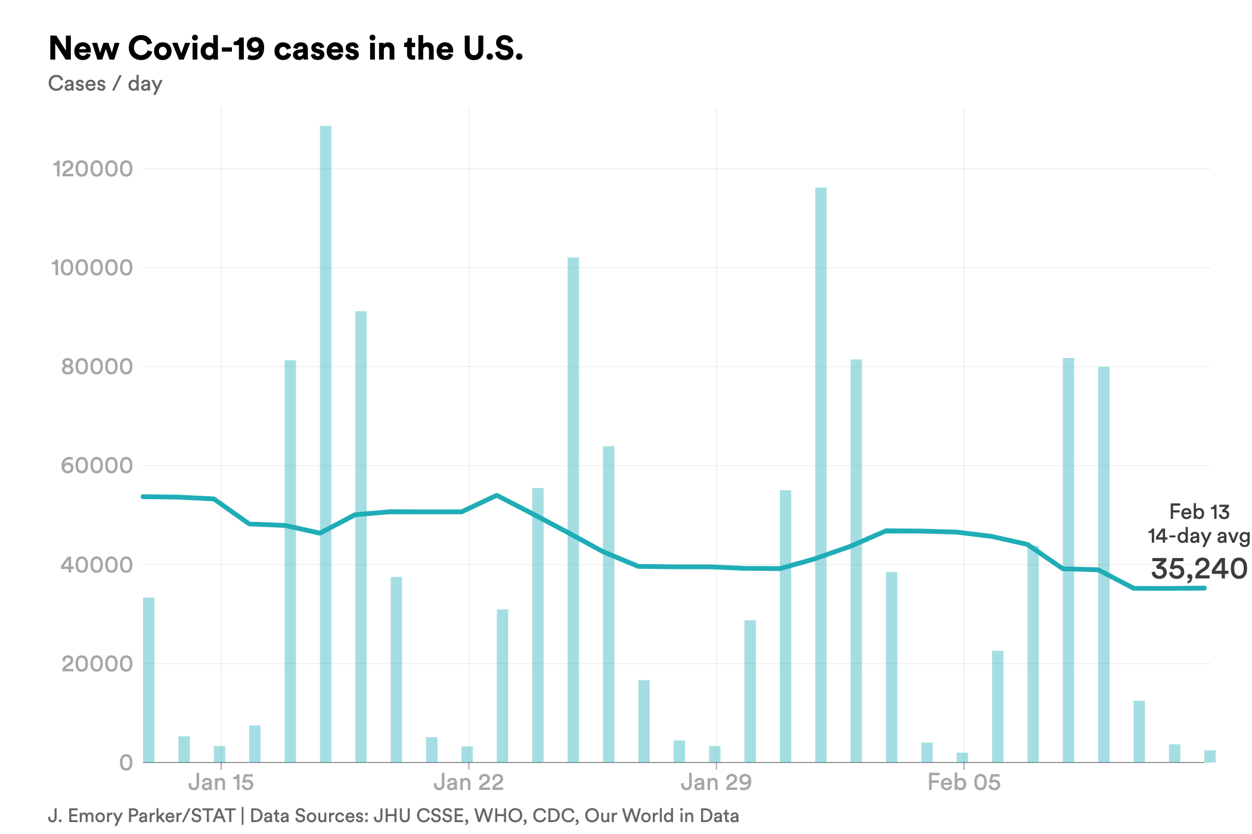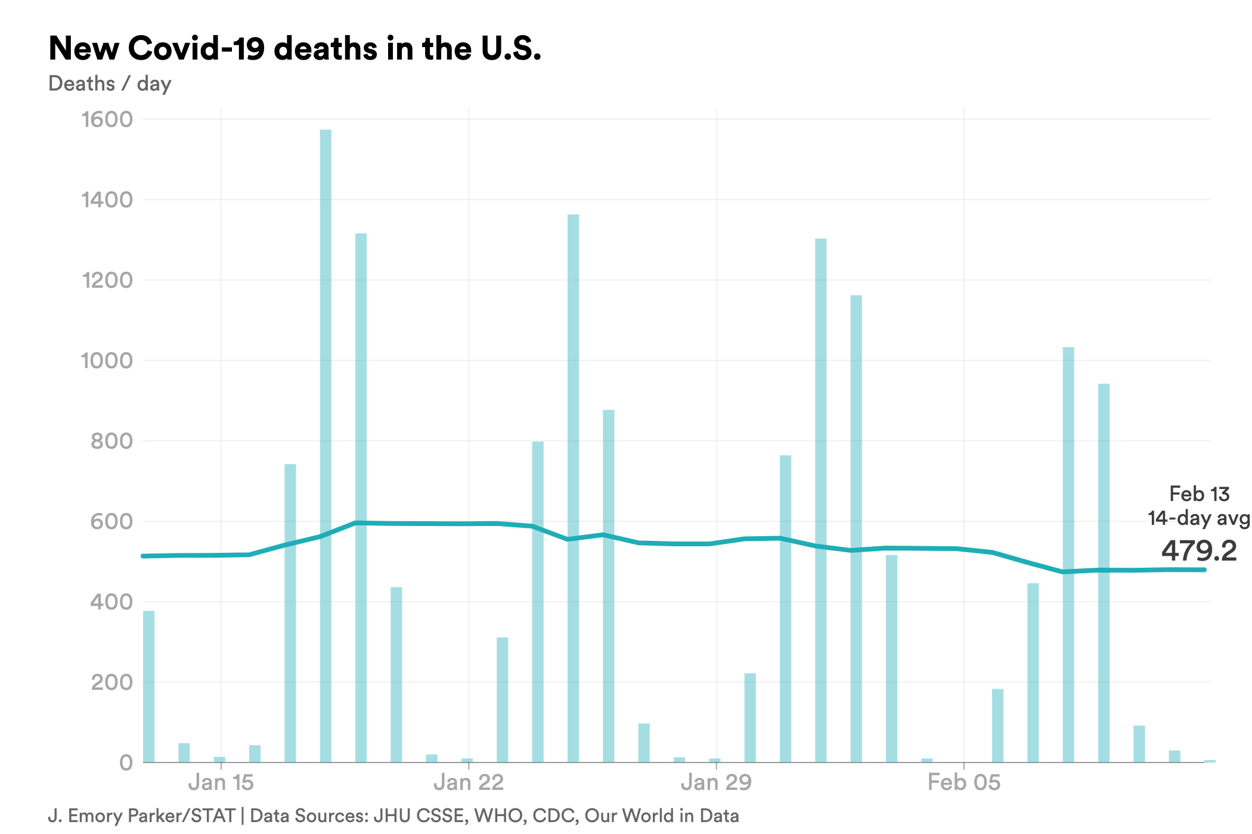Closer Look
How a Black veteran desegregated a Texas medical school

The Portal to Texas History
Black people harmed as patients notably include Henrietta Lacks and the Tuskegee Syphilis Study. In a recent JAMA Internal Medicine paper, physician-researcher Vanessa Northington Gamble highlights a story of Black people actively resisting racism in medicine. She wrote about physician Herman A. Barnett III (above), who desegregated the University of Texas Medical Branch in Galveston in 1949. Gamble spoke more about it with STAT's Theresa Gaffney.
What can we learn from this story?
The importance of community and community activism in helping American medicine live up to its ideals: It was not the Association of American Medical Colleges, it was civil rights activists and students pushing for this.
You are the first woman and first African American to hold your faculty position.
Dr. Barnett went to medical school in 1949, and here we are over 70 years later, still talking about the firsts. I might be the first, but I have not done my job if I'm the last.
Read the full interview here.
health
Equatorial Guinea's first Marburg outbreak confirmed
The WHO's regional office for Africa has confirmed that the Marburg virus is responsible for an outbreak of hemorrhagic-fever-like illness in Equatorial Guinea — the country's first, STAT's Helen Branswell tells us. Though only one patient sample has tested positive so far, there have been 16 suspected cases and nine deaths linked to the outbreak, which is in Kie Ntem province, in the western of the country.
Marburg is caused by a filovirus, from the same family as Ebola viruses; it causes similar disease, with a high risk of death. There are no licensed drugs or vaccines for Marburg, though a number are under development and this outbreak could provide an opportunity to conduct efficacy testing on some of them — if the government of Equatorial Guinea agrees to allow clinical trials to be conducted. The WHO is holding an urgent meeting today to go over the standing protocol for Marburg clinical trials and to review the experimental vaccines and drugs that are available for testing.
Science
A look at how CBD can prevent seizures
Sometimes drugs work in clinical trials and win regulatory approval before we really know how they do it. That's the case for cannabidiol, a component of cannabis better known as CBD that doesn't give users a high but does reduce seizures in children with a rare form of epilepsy. It's been sold by GW Pharmaceuticals as Epidiolex since it got the green light from FDA in 2018. Now a new study in Neuron explains how it might help reduce seizures that in some children add up to dozens a day and for 1 in 5 of them can mean not living past age 20.
In mouse experiments, the researchers closed in on neural circuits that are supposed to maintain coordination at their synapses between excitation and inhibition. When that ratio is disrupted, seizures can follow. CBD appears to restore that balance by dampening a feedback loop of hyperexcitability sparked by the molecule lysophosphatidylinositol and a loss of inhibition from its binding partner G-coupled receptor 55 — thereby preventing seizures.
If you or someone you know may be considering suicide, contact the 988 Suicide & Crisis Lifeline: call or text 988 or chat 988lifeline.org. For TTY users: Use your preferred relay service or dial 711 then 988.
by the numbers


No comments